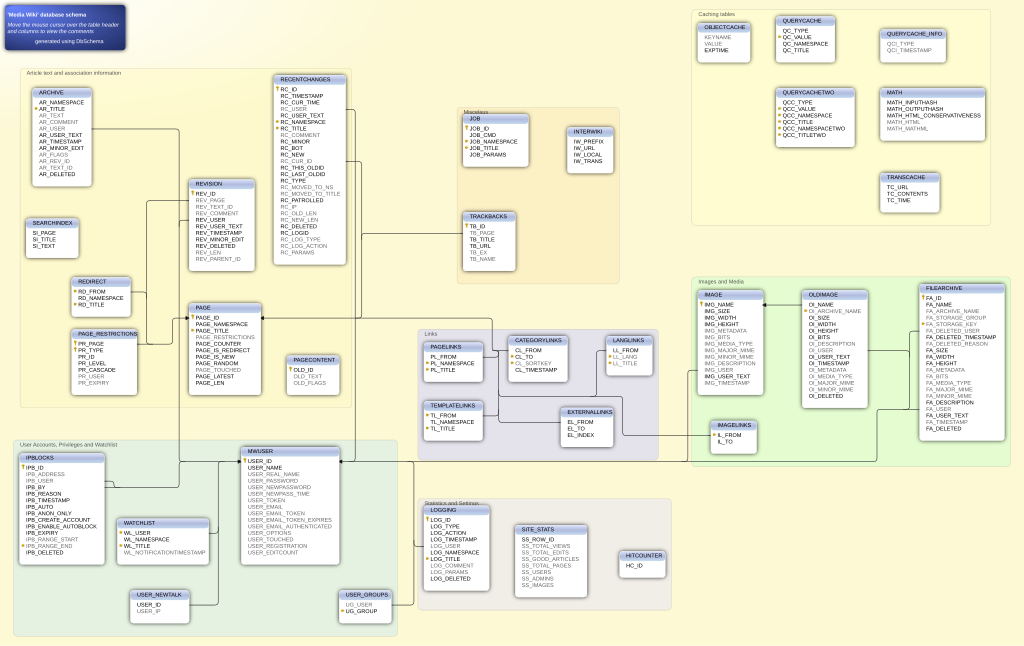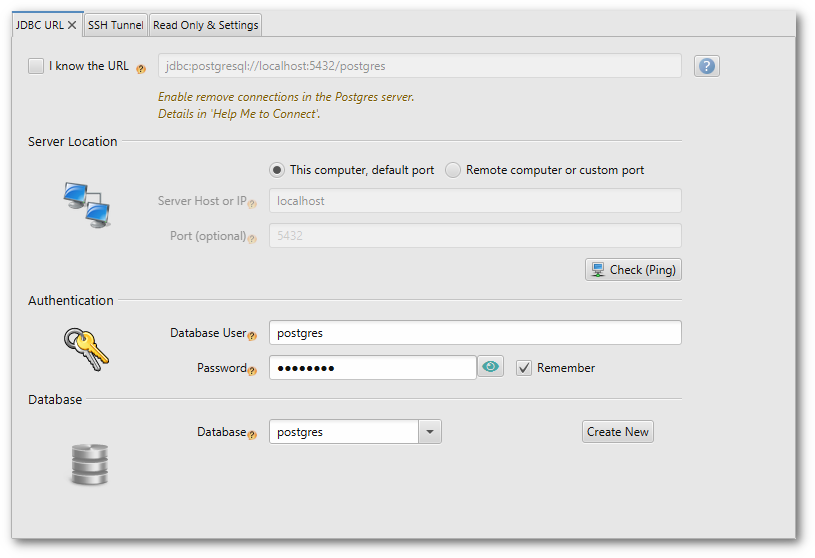

- #About dbschema information install#
- #About dbschema information manual#
- #About dbschema information code#
configure ( adapter: ' postgresql ', database: ' my_database ', user: ' bob ', password: ' secret ' ) # or in RailsĭbSchema. index :email, unique: true end endīefore DbSchema connects to the database you need to configure it: DbSchema. Be sure to keep this file under version control.ĭbSchema DSL looks like this: DbSchema. You define your schema with a special DSL you can put it in db/schema.rb file or anywhere you want.
#About dbschema information install#
Or install it yourself as: $ gem install db_schema InstallationĪdd this line to your application's Gemfile: gem ' db_schema ', ' ~> 0.1.2 '
#About dbschema information manual#
That doesn't define table A then you lose that table with all the data in it.īut you would lose it even with manual migrations. Of course if you are switching from a branch that defines table A to a branch So it seamlessly changes the schema to the one defined in the branch you switched to. You need to make sure it won't get discarded so a simple git reset -hard won't do.Įvery migration or rollback loads the whole app, resulting in 10+ seconds wasted.Īnd at the end of it all you are trying to recall why did you everĭbSchema does not rely on migration files and/or schema_migrations table in the database
#About dbschema information code#
If you already wrote some code to be committed to the new branch Then switch the branch again and migrate these down migrations. Roll back every migration up to that NO FILE,ĭiscard all changes in schema.rb/ structure.sql (and model annotations if you have any),

Yeah, you must remember the oldest NO FILE migration, To a different branch only to see something like this? there is no structure.sql with a database dump that constantly changes without reasonīut the main reason of DbSchema existence is the pain of switchingīetween long-running VCS branches with different migrations.no need to write separate :up and :down migrations - this is all handled automatically.no more YouHaveABunchOfPendingMigrations errors - all needed operations are computed from the differences between the schema definition and the actual database schema.This gives you a list of important benefits:

With DbSchema you almost never need to write migrations by hand and manage a collection of migration files. This operation is idempotent - if DbSchema sees that the database already has the requested schema it does nothing.Ĭurrently DbSchema only supports PostgreSQL. No need to run and rollback migrations, no need to even think about the extra step - DbSchema compares the schema you want with the schema your database has and applies all necessary changes to the latter.

DbSchema is an opinionated database schema management tool that lets you maintain your DB schema with a single ruby file.


 0 kommentar(er)
0 kommentar(er)
